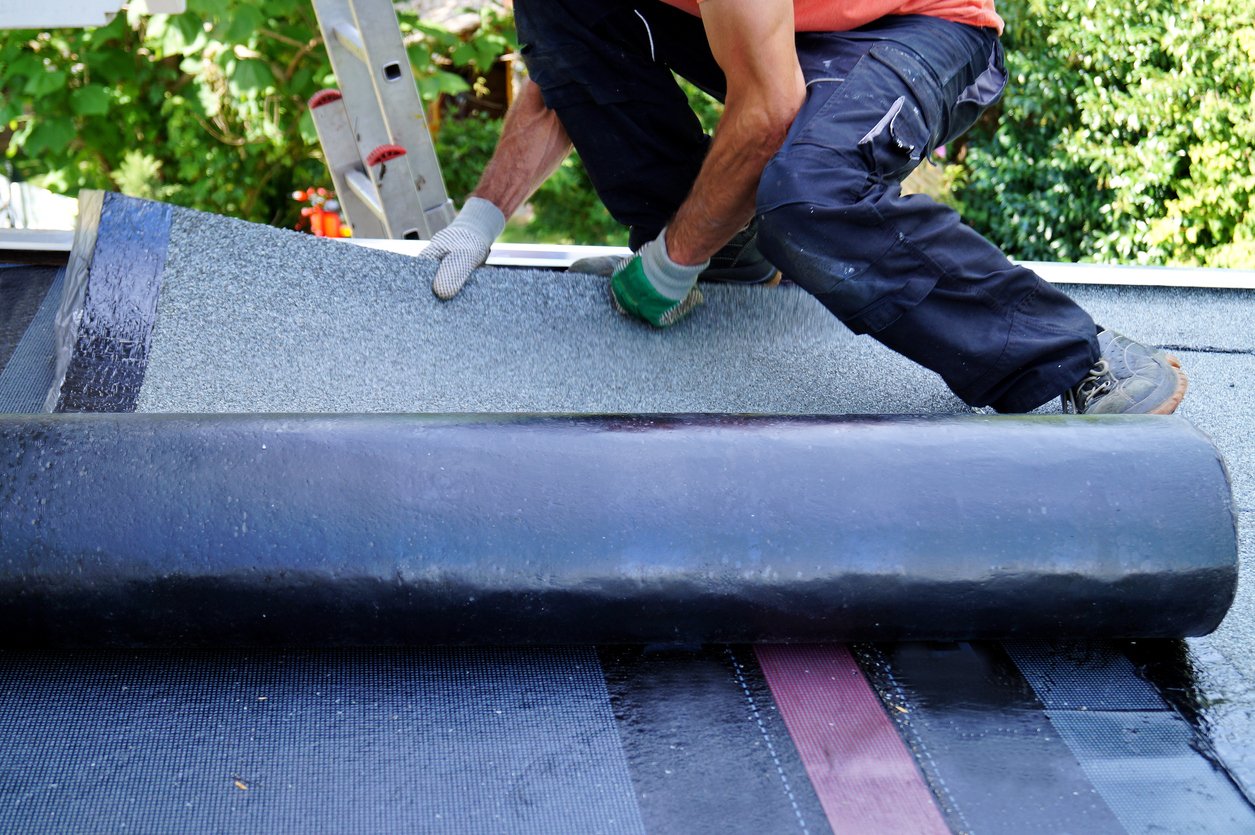Flat roofing is not the most traditional option by City Roofing & Exteriors, but they have some advantages over other styles. You do not have to believe all of the myths persuading you an angled roof is the only good option.
Instead, as long as you get to know the pros and cons of your decision, you can choose to go “flat.”

About Flat Roofs
Flat roofs consist of an underlayer and top layer. Some of the special considerations of this type of roof are their potential for ponding of water and leaks. Flat roof repair is priced differently from an angled alternative, and different material is used on these types.
When people choose a flat roof, they typically do so for outbuildings and very large buildings. You need to understand the advantages and disadvantages of using flat roofing on your residence or commercial property.
Read Also:
- Do You Need a Roofing Expert? Know the Services Offered by Professional Roofers
- Economical and Effective Roof Improvement For Homes and Businesses
- Roofing Guide: How to Replace a Roof Quickly and Effectively
- 4 Reasons Why Your Roof Design Should Match Your Interiors
- Things to Consider When Designing a New Roof
- Common Roofing Scams You Should Avoid
Advantages of Flat Roofs
One of the biggest benefits of a flat roof is its cost. Materials, construction and labour are cheaper for this type of building topper. The insulation board is only about 80 cents per foot for the flat style. These low costs make flat roofs affordable for initial installation and maintenance.
The risk of injury is much lower for workers on a flat surface, so you do not pay a premium for labour, either. A flat model builds faster, and you have fewer repair costs due to typically less damage over the roof’s life span.
A flat surface is prime for installing solar panels, a popular choice for saving on electrical costs today. Satellites also work well on these surfaces. Gutter cleaning and other work cost less and take a fraction of the time compared to angled elements.
Having an additional flat surface adds to your property’s value, as you can use this area for other purposes. You can place air conditioning units above ground, instead of taking up lawn space. You can also add solar racking that is not easily seen from the ground as on a slope.
Your roof can become an outdoor leisure space or a lounge area for barbecuing, relax and gardening. If you decide to build another structure on the roof later, that is an option as well.
Inside your home, the flat ceiling of a flat roof means you do not lose usable attic space or top floor apartment square footage to odd angles and sloped walls.
You can also access your roof more easily when it is flat. You can inspect it without risk of injury and with a great deal more stability.
Finally, flat roofs provide a unique architectural appearance to your property. Being economical to maintain comes down to simply taking good care of the roof. When you need roofing repairs, these are made quickly, cost-effectively and easily on the flat surface.
Disadvantages of Flat Roofs
The disadvantages of a flat roof include decreased stability on larger surfaces. You must have solid support inside the building to compensate for weight distribution.
Another drawback of these flat surfaces is their material. The list of options for flat roofing construction and repair is short but relatively inexpensive. You can use rolled roofing as most do, consisting of bitumen, thermoplastic polyolefin, TPO, EPOM or rubber.
Flat roofs also have a limited period of durability. You can expect your flat rooftop to last between 10 and 15 years, although some newer materials perform better than traditional ones.
You will pay a bit more for the more promising PVC, rubber shingles and polycarbonate. No one yet knows how long these typically last on a flat roof as this market use is new.
Drainage is one of the biggest issues for the flat surface. Water can puddle and stay in place, leading to roofing material breakdown and leaks. This is particularly common along seams.
When finding a good roofing contractor, ensure they have a plan for the installation of proper drainage. Otherwise, you face expensive and bothersome water removal chores.
Maintaining such a vast flat surface’s integrity requires an underlayer and topcoat with routine leak testing. The surface is more susceptible to extreme temperature changes and requires periodic snow removal in cold climates.
However, you do not need to worry as much about snow buildup and insulation problems when you have a substantially thick roof. In fact, with proper support in place and a sturdy base, snow on your roof in winter can actually provide some additional insulation for your home.











